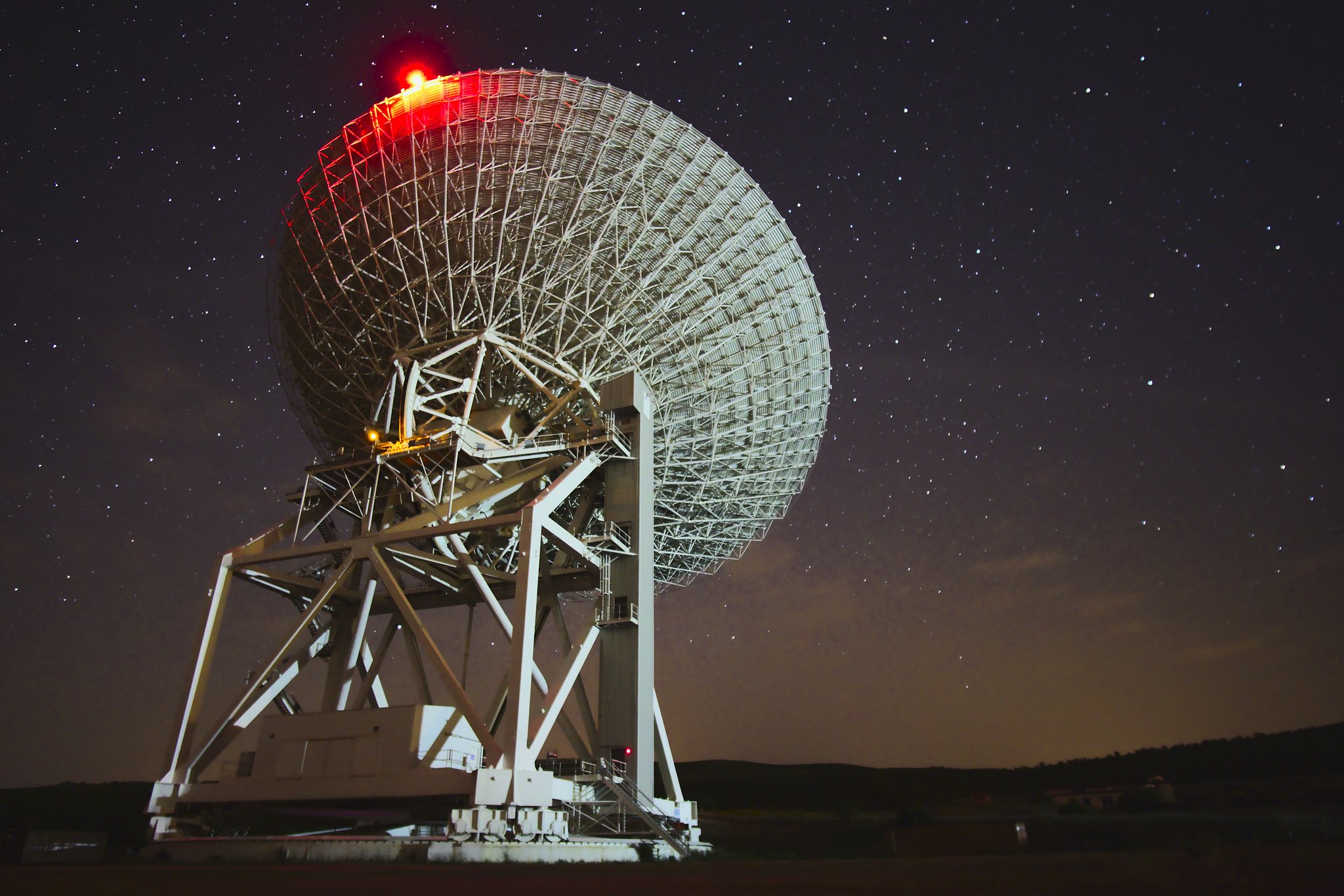Passion of the People – 1.7.7
Beyond Light Pollution: The Problem of Electromagnetic Interferences
For millennia the silent and ordered beauty of the night sky has inspired humankind in all its intellectual and emotional expression: poetry, philosophy, religion and science. The knowledge that we acquire by studying celestial phenomena not only provides a deeper understanding of our place in the Universe, but also leads to technological progress. It is therefore in the interest of many sectors of society to enable astronomy and cosmology to benefit from access to the sky, free of anthropogenic interference.
Beyond science and technology, the pristine spectacle of the starry night sky has inspired humankind since prehistory and this cultural heritage should be carefully protected. Today, technological progress – in particular artificial illumination of urban areas – has made it more and more difficult to observe the night sky in its magnificence. Also, remote sites chosen to host the most sophisticated astronomical observatories, are becoming gradually endangered by light pollution, radio signals interference, and artificially induced climatic modifications. More recently, an additional negative impact on the observation of the night sky emerged from visual interference of the mega constellations of artificial satellites in low earth orbit. Access to the electromagnetic signals emitted by objects in the universe is not only useful to understand the cosmos and the overall progress of science, but the visibility of the starry sky is a fundamental human heritage that must be preserved with care and love for future generations. If we lose it, it would disconnect us forever from the cosmos and nature.
Electromagnetic interference is any interference that can potentially disrupt, degrade or interfere with the effective performance of an electronic device. Modern society is dependent on the use of devices that employ electromagnetic energy – such as power and communication networks, electrified railways, and computer networks. During the generation, transmission and utilisation of electromagnetic energy, the devices generate electromagnetic disturbance that can interfere with the normal operation of other systems. Usually, the electrical system is not a potential problem in telecommunications, because interference can be eliminated with proper insulation and good maintenance. There is a rough consensus about which are the main environmental threats, and their influence on biological diversity. The continuous deterioration of natural habitats and the increasing number of wild species which are seriously threatened has prompted governments to protect the environment. While electricity is satellites’ lifeblood, there are sometimes excesses. While ensuring the reception and transmission of signals, electrical currents induce electric and magnetic fields, which can cause interference and degrade spacecraft performance.
Radio waves are virtually the easiest and safest way to communicate with a spacecraft, but they are used for a wide spectrum of applications including telecommunications, observation of Earth or other planets from a distance, and for radio-navigation. When developing spacecraft, it is important to consider and analyze all environmental implications in order to preserve the ecosystem of the Earth and of the Universe.

Further Resources
Links below will redirect you to external websites. In accordance with the European data protection declarations, we would like to point out that by clicking on these links you may send data to external providers. We cannot prevent that.
Videos
![]() Electromagnetic Interference (EMI) explained
Electromagnetic Interference (EMI) explained
 Viaggio nello spettro elettromagnetico – Introduzione – MEDIA INAF
Viaggio nello spettro elettromagnetico – Introduzione – MEDIA INAF
Online Resources
![]() Electromagnetic interference: an overview
Electromagnetic interference: an overview
![]() How to prevent electromagnetic interference from ruining your devices
How to prevent electromagnetic interference from ruining your devices
 L’interferometria stellare – Scienza per tutti
L’interferometria stellare – Scienza per tutti
 4 tipi di fenomeni di interferenza delle onde elettromagnetiche più comuni – Elettricità – Magnetismo
4 tipi di fenomeni di interferenza delle onde elettromagnetiche più comuni – Elettricità – Magnetismo
 Interferenza della luce – Chimica-Online
Interferenza della luce – Chimica-Online
Further Readings
 Didattica con un radiotelescopio: i vantaggi dell’interferometria – Stefania Varano, Alessandra Zanichelli
Didattica con un radiotelescopio: i vantaggi dell’interferometria – Stefania Varano, Alessandra Zanichelli
Teaching Material
For Kids

